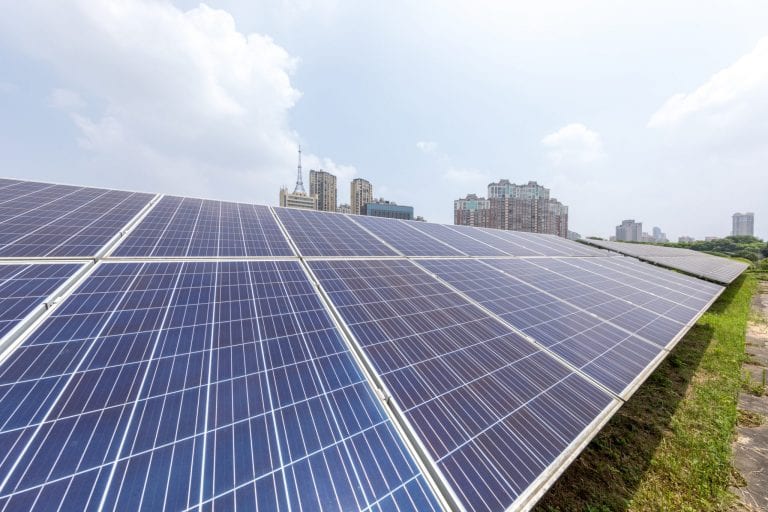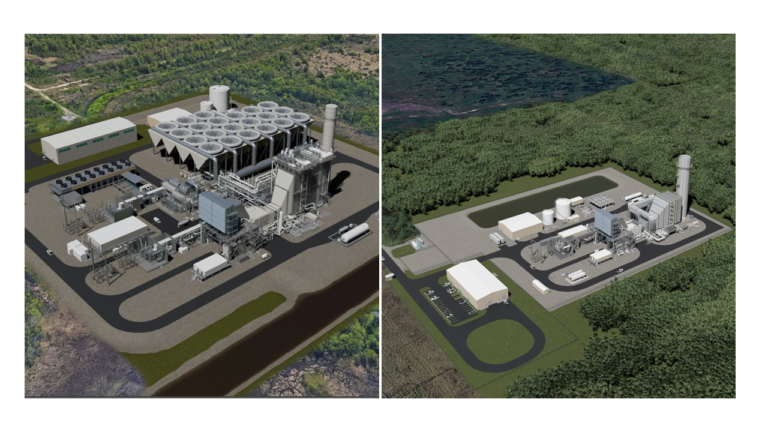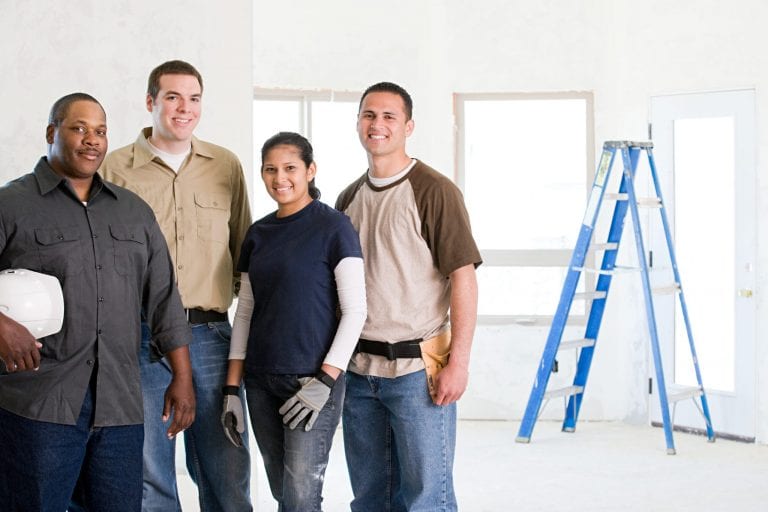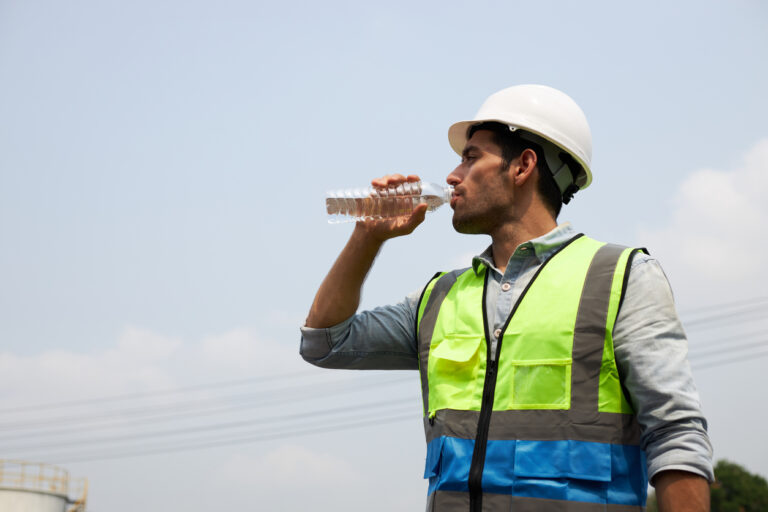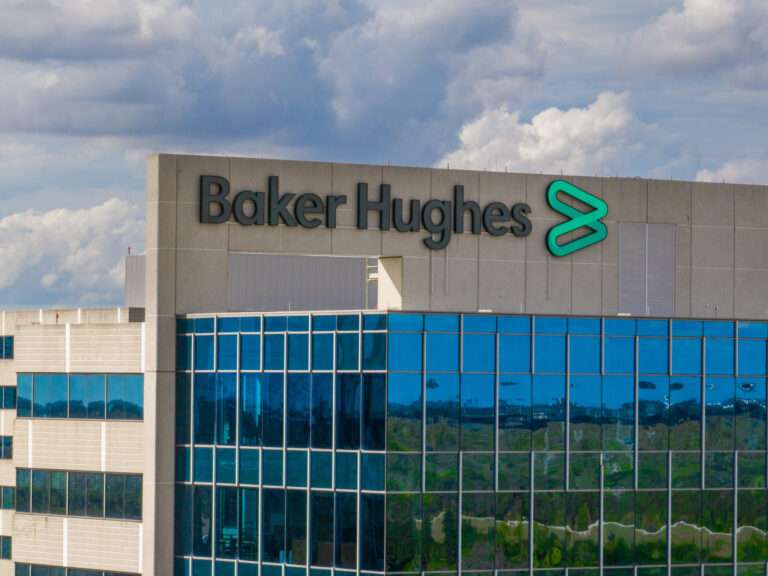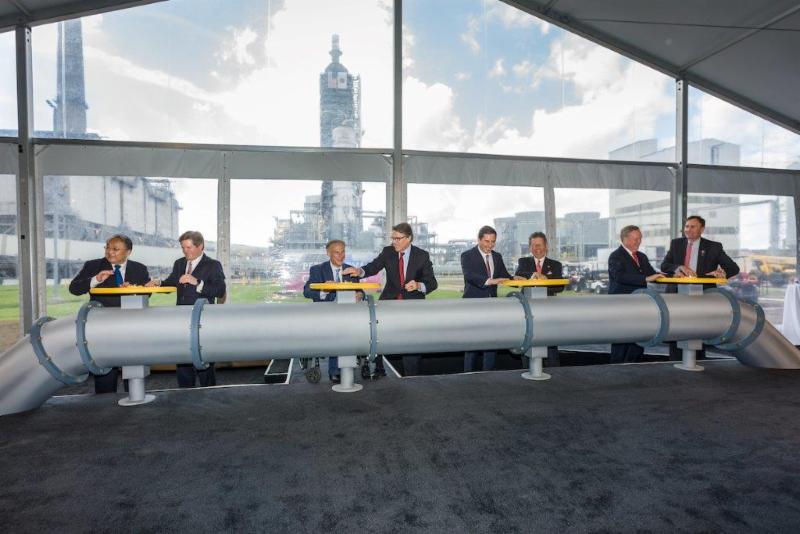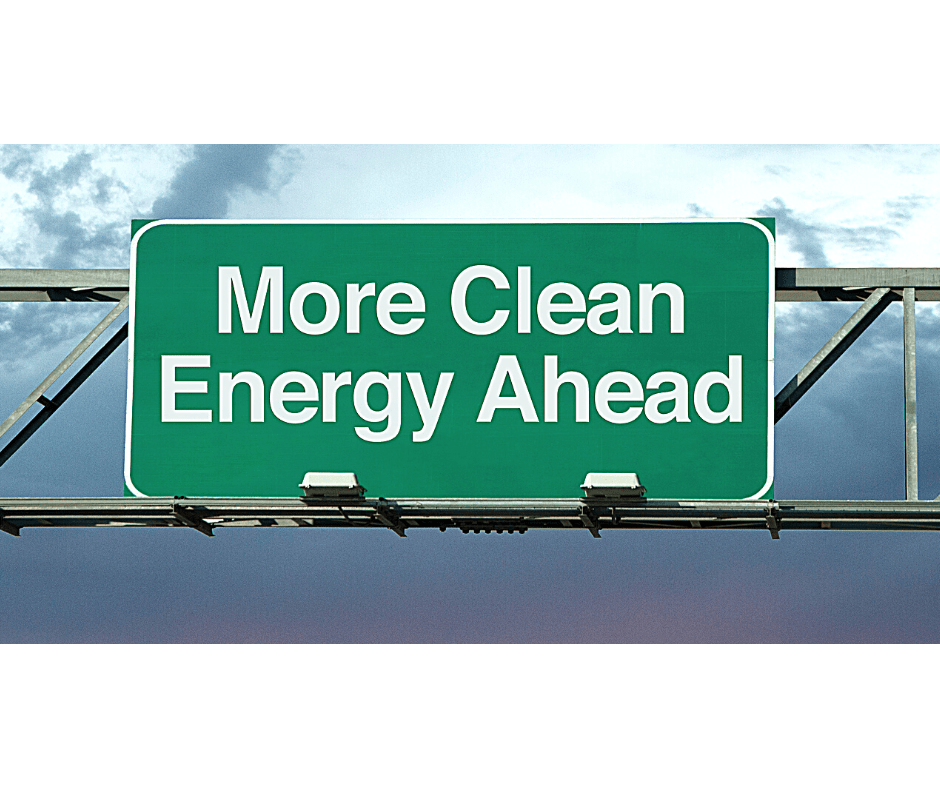
The U.S. Departments of Energy (DOE) and the Treasury, and the Internal Revenue Service (IRS) recently announced several major programs to accelerate domestic clean energy manufacturing and ensure traditionally underserved communities benefit from clean energy technologies. As part of this whole of government approach, DOE is partnering with Treasury and IRS to implement two programs funded by the President’s Inflation Reduction Act: the Low-Income Communities Bonus Credit Program (48(e)), and the Qualifying Advanced Energy Project Credit(48C). Continuing the effort to uplift underserved communities, DOE also opened applications for the $750 million Advanced Energy Manufacturing and Recycling Grant Program, funded by the Bipartisan Infrastructure Law, to support industrial projects by small- and medium-sized manufacturers in energy communities. These announcements underscore the Administration’s commitment to leading an equitable clean energy transition and supporting the goals of President Biden’s Justice 40 Initiative.
“Underserved communities have the people, the skills, and the willpower, but often lack the opportunities and resources to invest in clean energy infrastructure to revitalize their local economies,” said U.S. Secretary of Energy Jennifer M. Granholm. “These transformative programs and grants will strengthen the nation ensuring U.S. workers and businesses lead us around the globe and deliver on the President’s promise to not leave communities behind during this critical energy transition.”
Advanced Energy Manufacturing and Recycling Grant Program
DOE’s Advanced Energy Manufacturing and Recycling Grant Program opened for applications recently for the first funding opportunity which invests $350 million for small- and medium-sized manufacturers (SMMs) to produce or recycle advanced energy property—property used to support clean energy supply chains — in energy communities. A mapping tool showing eligible communities under the program is available here. The program will prioritize applications from minority-owned firms, and all applicants are required to submit a Community Benefits Plan demonstrating the project’s impact and benefits to the host community and region.
Full applications are due on June 8, 2023, at 5 p.m. ET.
DOE’s Office of Manufacturing and Energy Supply Chains manages the program and will also establish a competitive technical assistance program in partnership with the National Renewable Energy Laboratory (NREL) to support small and medium manufacturers in feasibility analyses and other planning activities in support of the transition of dislocated workers into clean energy jobs and of inactive energy infrastructure into hubs for future economic growth.
Qualifying Advanced Energy Project Credit Program
The Qualifying Advanced Energy Project Credit (48C) program was established by the 2009 Recovery Act and expanded with a $10 billion investment under the Inflation Reduction Act of 2022. Today, Treasury and IRS, in partnership with DOE, announced the intent to release approximately $4 billion in a first round of tax credits for projects that expand U.S. supply chains for clean energy technologies and critical materials for clean energy technology production, and for projects that reduce greenhouse gas emissions at industrial facilities. Approximately $1.6 billion of this allocation will be set aside for projects in coal communities. The program will provide an investment tax credit of up to 30% of qualified investments for certified projects that meet prevailing wage and apprenticeship requirements.
DOE’s Office of Manufacturing and Energy Supply Chains will lead DOE 48C efforts.
Low-Income Communities Bonus Credit Program
The Low-Income Communities Bonus Credit Program—also known as 48(e)—advances the Administration’s commitments to equity and environmental justice as the most significant tax incentive in U.S. history to promote clean energy investments in low-income communities, on Tribal Land, and within affordable housing. The program prioritizes the following equity goals:
- Increasing the adoption of and access to renewable energy facilities in underserved and environmental justice communities.
- Encouraging new market participants, such as community-based organizations and mission-driven entities.
- Providing substantial benefits to underserved communities and individuals who have been historically marginalized from economic opportunities and overburdened by environmental impacts.
DOE’s Office of Economic Impact and Diversity will administer the Low-Income Communities Bonus Credit Program, which will allocate the bonus credit to 1.8 gigawatts (GW) of eligible solar and wind capacity per year. Beginning in 2023, a 10 percentage point increase is available to eligible solar and wind facilities that are installed in low-income communities or on Tribal land. A 20 percentage point credit increase will be available to clean energy projects that serve a qualified low-income residential building or provide at least 50% of the financial benefits of electricity generated to low-income households.
The initial guidance for 2023 allocates the 1.8 GW of capacity across four categories: 700 megawatts (MW) for projects located in low-income communities, including residential rooftop solar, 200 MW for projects on Tribal lands, 200 MW for projects that are part of qualified low-income residential buildings, and 700 MW for projects, such as community solar, that provide economic benefits to low-income households.
Following the release of the initial guidance, DOE and Treasury will continue to engage with the clean energy industry, environmental justice, and community-based organizations to inform how the equity goals are realized in the program’s implementation.
Learn more about the Qualifying Advanced Energy Project Credit (48C) and the Low-Income Communities Bonus Credit Program guidance and the Advanced Energy Manufacturing and Recycling Program at www.energy.gov.
Source: The U.S. Department of Energy


